Analysis of the European Union’s UAS regulatory framework.
One of the main concerns of European public bodies when deploying unmanned aerial systems (UAS) is to have a unified regulatory framework that provides safety for society as a whole. In December 2015, the European Aviation Safety Agency (EASA) regulated the types of operations that UAVs can carry out, based on the risks involved in each.
As a result of this regulation, three categories of operations were established based on the risk of their action: open, specific and certified. But how are each of them delimited and what are the requirements to be met by aircraft manufacturers? Let’s take a closer look at each of them.
Safety requirements by category
The“open” category does not require prior authorization from the competent authority or declaration by the operator before the operation. On the other hand, the category “specific” requires prior authorization authority, which takes into account the mitigation measures identified by means of a risk assessment operational, except for certain standard scenarios where an operator declaration is sufficient or when the operator holds a Light UAS Operator Certificate (LUC). While the“certified” category requires certification of the UAS, a licensed remote pilot and an operator approved by the competent authority to ensure an adequate level of safety.
UAS regulations
In this approach, various regulations are established that make up the regulatory framework for UAS. These include Regulation (EU) 2018/1139 of the European Parliament and of the Council, Commission Delegated Regulation (EU) 2019/945 and Commission Implementing Regulation (EU) 2019/947. In addition, there are regulations related to U-Space, such as Commission Implementing Regulation (EU) 2021/664, Commission Implementing Regulation (EU) 2021/665 and Commission Implementing Regulation (EU) 2021/666.
Regulation (EU) 2018/1139 establishes common rules in civil aviation and establishes the European Union Aviation Safety Agency. Defines the term “unmanned aircraft” and establishes the essential requirements for the design, production, maintenance and operation of civilian drones. Articles 55-58 served as the basis for the development of two additional EU regulations on unmanned aircraft systems and third country operators.
Regulation (EU) 2019/945 defines the requirements related to the design and manufacture of UAS, the type of aircraft subject to certification and the rules regarding the marketing of aircraft in the open category and remote identification accessories. In addition, it establishes standards for third-country operators and UAS manufacturers for use in the open category.
Regulation (EU) 2019/947 increases safety in UAS operations in Europe and divides UAV operations into three categories: open, specific and certified, each with different limitations and requirements. The open category does not allow the transport of people, dangerous goods or the overflight of concentrations of people, while the specific and certified categories allow more advanced operations. The Regulation has been amended by two Commission Implementing Regulations in the context of the COVID-19 pandemic and the standard scenarios (STS) for operations conducted at or beyond the line of sight (VLOS).
The regulations applicable to the U-Space system consist of a European Union regulatory framework that establishes rules and procedures to ensure safe UAS operations in U-Space airspace. The regulatory framework specifies four mandatory services in relation to U-Space: a first network identification service, a second geo-awareness service, which is followed by the UAS flight authorization service and, finally, the traffic information service. It also identifies two additional services that may be required by the Member States: the meteorological information service and the conformity control service.
UAV Navigation-Grupo Oesía and the European legislation
From UAV Navigation-Grupo Oesía, a brand specialized in guidance, navigation and control solutions for UAS within Grupo Oesía, we strive to comply with all legal requirements. This philosophy allows our customers’ platforms to take full advantage of the benefits that unmanned aerial systems (UAS) offer. Our brand’s expertise within the field of guidance, navigation and control solutions allows us to proactively adapt to the measures regulated by the authorities to enable and encourage innovative uses of UAS, both now and in the future. Our developments therefore comply with the regulations in force in the different countries that regulate airspace.
UAV Navigation-Oesia Group autopilots, with more than 60,000 flight hours, are able to perform long-range operations in extreme conditions, even in situations where communication with the Ground Control Station (GCS) is lost.
Our commitment to security makes us continuously evolve knowing that, by having products and solutions with the most important certifications within the international defense industry, we can contribute in turn to the certification of our customers’ platforms for advanced and complex missions.
Laura García-Junceda, Engineer of the Dept. of Flight Control of UAV Navigation-Grupo Oesia
